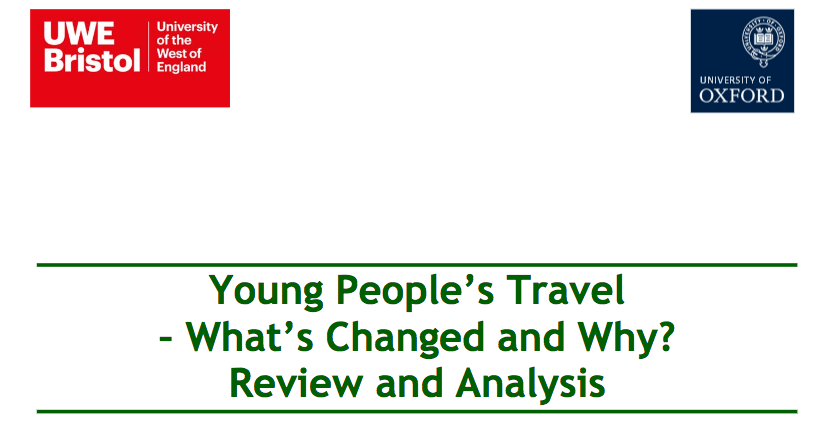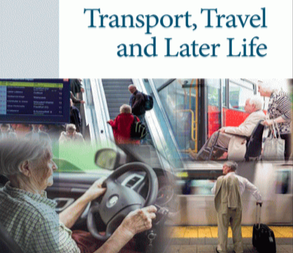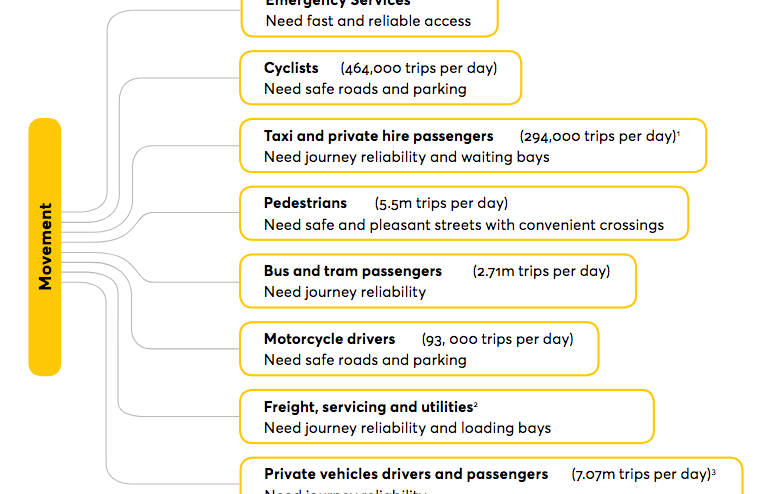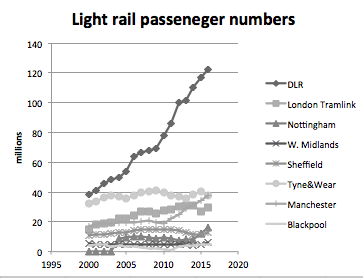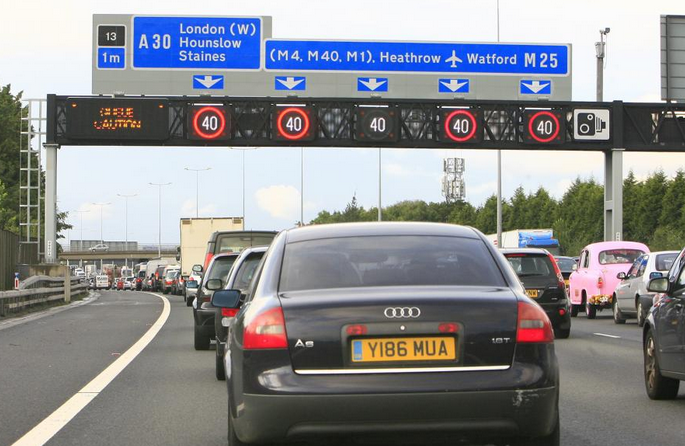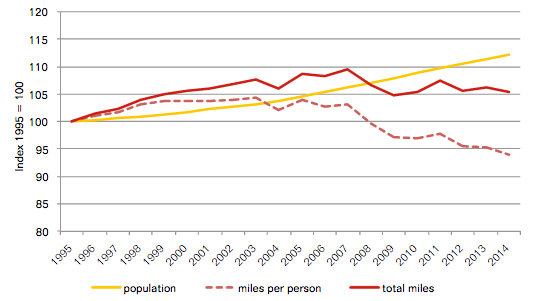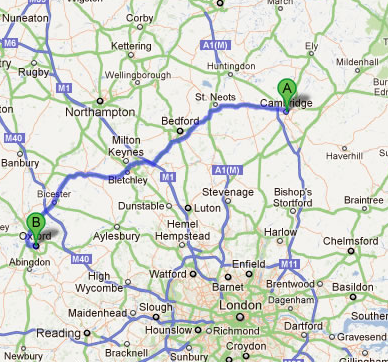My new book, Travel Fast or Smart?, is one in a series of short books on policy and economics topics described as ‘essays on big ideas by leading writers’. My contribution is a critique of the inconsistencies of transport policy in recent decades, which I attribute to the shortcomings of conventional transport economic appraisal in identifying the benefits that arise from investment. This book is available both in print and as an ebook from Amazon Books
There is much current interest worldwide in the concept of Mobility-as-a-Service (MaaS), the aim of which is to provide seamless journeys using the most appropriate travel modes, routed and ticketed by means of a smart phone app. The MaaS provider ‘aggregates’ the services provided by transport operators (in the way that Amazon acts for retail product providers). MaaS is intended to be an attractive alternative to private car ownership. The Transport Catapult has recently published a report on the opportunities for MaaS in the UK. And the New Cities Foundation has addressed the role of public transport operators in its development.
There are many recognised technical and policy issues that need to be tackled, including managing the large amounts of data, and coordinating ticketing and payments on behalf of a multiplicity of operarors. However, there are two aspects that deserve particular consideration. The first is the ability of MaaS to cope with peak travel demand.
Peak demand
Daily travel demand is characterised by morning and evening peaks, and there are also seasonal variations. Peaks result in road congestion and crowding on railways. One approach would be to charge higher prices at times of greatest demand, with the aim of spreading the peak. This model has been adopted in the aviation sector, led by the low-cost carriers, and by Uber for urban taxis (and also in other sectors such as hotels). The railways offer off-peak discounted fares, but do not flex fares upwards to reflect actual peak demand.
However, unless peak pricing is part of the public transport provision (which at present it is not), the scope for coping with peak demand for multi-modal journeys is quite limited. This means that unreliability of travel time for each stage of a journey would present a scheduling problem.
While MaaS comprises a minority of all trips, congestion would be a given, and scheduling would need to allow for expected journey stage times plus a margin for uncertainty, with rerouting in the event of unexpected congestion. On railways, consideration would need to be given to offering alternatives to overcrowded trains. Such dynamic scheduling could be technologically challenging.
Were MaaS to grow to encompass a substantial part of travel demand, there may be scope for routing travellers to spread demand across the network in a way that optimises overall efficiency, simplest for routes that involve stages with assured reliability – rail, bus rapid transit, walking and cycling. There would also be scope to consolidate car trips by means of shared taxis, as with UberPOOL. However, such sharing, incentivised by lower fares, could attract passenger from buses, which could add to congestion.
If MaaS were to be a major intermediary in meeting travel demand, a significant operational issue would be whether to respond to peak demand for door-to-door travel by mobilising more taxis through surge pricing, as does Uber. Surge pricing to deter demand and increase supply is sensible in the absence of congestion, but may not be optimal under congested conditions. In the absence of surge pricing, demand would exceed supply and would be rationed by waiting in a virtual queue until a taxi becomes available. With surge pricing, there is a greater supply of taxis and so less waiting time, but journey times might be slower on account of increased congestion. Which approach would be optimal would require modelling.
Surge pricing works well for aviation, a closed system where an aircraft can only fly if it has airport slots allocated at trip origin and destination. But roads are an open system and hence prone to congestion at peak times in populated areas. MaaS would be more straightforward to implement in lower density areas, less so in urban centres, unless private cars were entirely replaced by a fleet of shared use self-driving vehicles, as has been suggested.
Who owns the platform?
The question of how MaaS can best cope with peak demand is linked to the second problem – the nature of the platform by means of which demand and supply are matched, prices set and revenues allocated. The central issue is familiar: benefits of competitive supply versus benefits of an integrated network. Experience is varied. In the case of buses, Mrs Thatcher’s government opened the bus services outside London to competition with minimal regulation, hoping to benefit users by on-the-road competition between private sector operators. This largely failed to materialise since such competition resulted in unattractive profit margins. In consequence, the present Government has introduced legislation that would allow other cities to adopt the successful London model, whereby an integrated public transport network is operated by a politically controlled public body, Transport for London.
For MaaS, the question is whether an open source public platform would naturally evolve on account of the superior benefits, as envisaged by the TravelSpirit collaboration. Or whether competition in the market between competing platforms would be the main driver, with perhaps a dominant platform emerging through economies of scale and scope.
A dominant private sector platform might need to be regulated to avoid market failure that allowed economic rents to be extracted at the expense of users. The MaaS provider would have access to all the data arising from use of the system. Fair sharing of this data with transport providers would help meet the needs of users. On the other hand, discriminatory sharing could increase returns to the provider.
Assessment
Traffic congestion is the main problem of the road system. A key question is whether MaaS has the potential to lessen traffic congestion. If it does, then promoting MaaS could be a sensible transport policy, in which case a view would need to be taken of the relative attractions of competing platforms versus a single public platform.
In the longer run, developments in shared use driverless urban vehicles might achieve substantial mitigation of urban traffic congestion. Sharing of taxis would increase vehicle occupancy and hence efficiency of the road system; demand management could limit use of single occupancy vehicles under congested conditions; and the development of vehicle-to-infrastructure communications could permit flow management, analogous to air traffic control. In such circumstances, MaaS would be likely to be an integral part of an urban transport management system. However, development of such a system would be challenging in respect of technology, business models, institutions and public acceptability – hence the feasibility and timing is uncertain. In the meantime, development of MaaS in urban areas would need to cope with traffic congestion.


